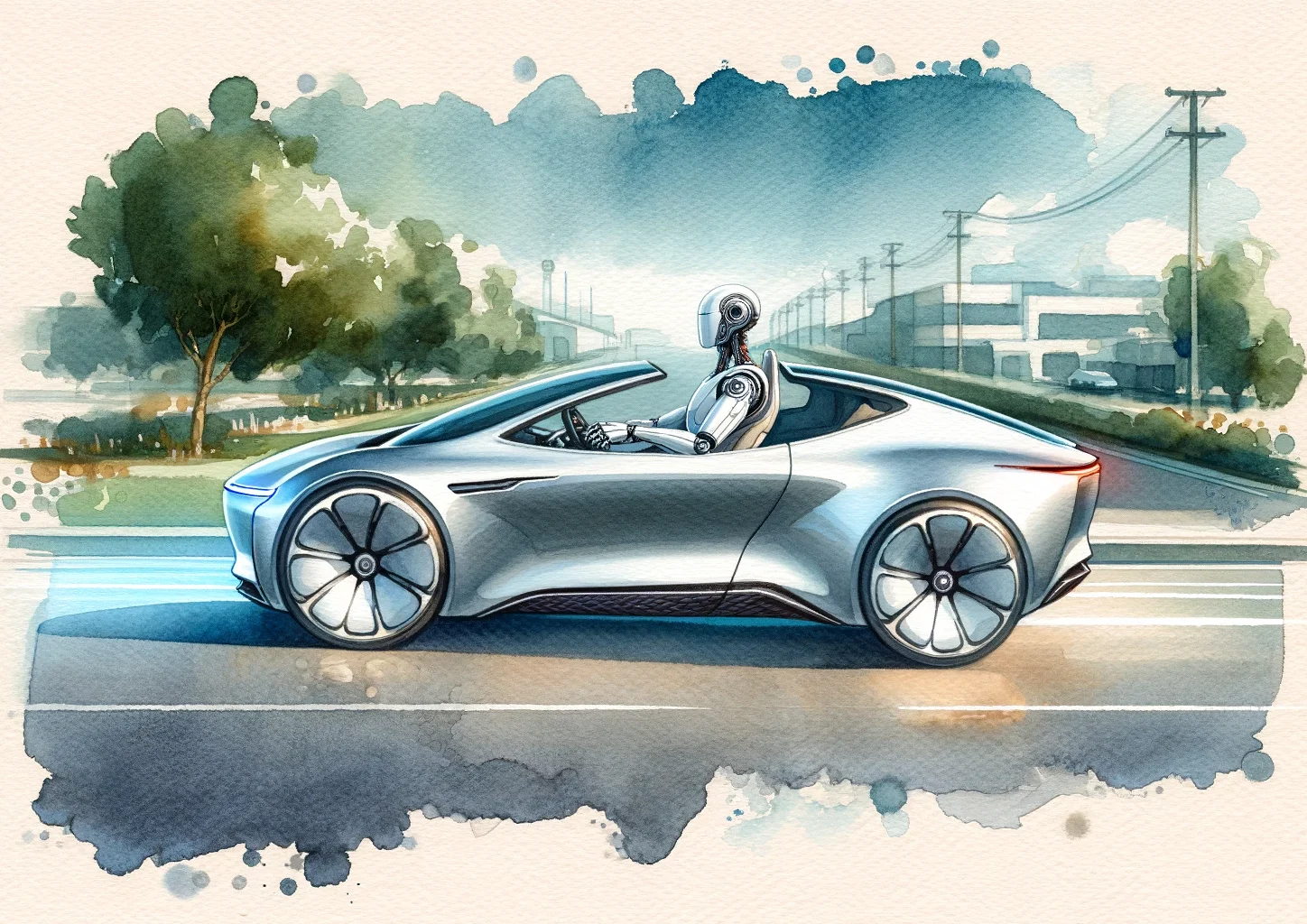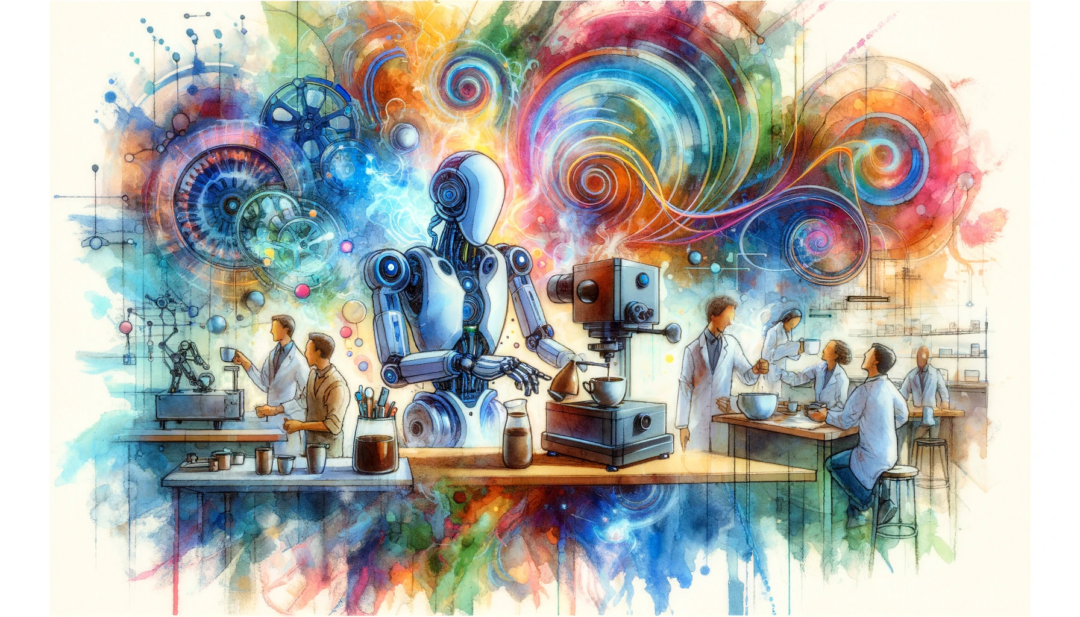The industry to learn from – and why.
by Rafael Hostettler
Guess: How many industrial robots are in the world? Don’t look it up!
Now think of all the billions of phones, tens of millions of cars, billions of toys and trillions of physical goods that are being manufactured in the world by them. How many do you think there are now?
According to the IFR annual report from 2022, the total global installed robot base is around 3.5 millions, with half a million added every year. Annual installation is currently around 500’000 industrial robots a year. That is all the orange Kuka’s, white ABB’s, silver blue URs, red Stäubli, white Güdels, yellow Fanucs and all the other manufacturers and up and coming startups together. If you think about robotic arms going now for less than 10’000€, with costs coming down further, that is maybe a 10 – 20bn$ market. For all robots on this planet combined. And more than half of them are installed in China.
But what about all the service robots, in intra logistics, cleaning, agriculture, hospitality and maintenance? There must be more? No, actually: less. Annual installation is currently around 120’000 units per year. So in total, maybe a 5 – 10bn$ market, split across more than 600 manufacturers.
So all in all, in order to manufacture and service all the goods in the world, we need less robots than Switzerland has inhabitants. And are looking at a market that is less than a third the size of the global toilet paper market. In fact, Boston Dynamics, by far the most well-known robotics company on the planet has sold less than 1000 robots in their lifetime.
Now why is that? Why are there not more robots? Because robots work in extreme niches, where the use case is so narrow that we can automate it with current technology, and because general purpose automation is an unsolved scientific problem.
Being in extreme niches means focusing on very specific customers, which means knowing everything about very tiny markets – at the same time that makes it hard to grow, because you are always tendering to very specific requirements that do not overlap well with other markets.
When there is no robotics company on the planet that sells millions of units a year, being a robotics company is actually not that great – and modelling ourselves even after the most successful one would stymy our ambition. So what industry is there that sells millions of complex mechatronic units to an extremely broad set of customers at a 10k€+ price point? I know of only one: Cars.
In fact every single one of the top 15 car companies on the planet is larger than the entire global robotics market combined. And cars are emotional. And soft (at least on the inside). And complex – even the cheapest car has more suppliers and more components than our Robodies will have. And we build these cars for less than 10’000€ each!
So what can we learn from car companies?
- How to stack needs: Cars, in general, address a very broad need (“Get from A to B comfortably”) and differentiate on specifics of that one need (“… and need to transport goods on the way” – pickups, “… and need to feel amazing on the way” – sports cars, “… and have to fit a whole family” – vans) – but without sacrificing on the broad need. All cars can use the same infrastructure: roads. In contrast, the broadest you get in robotics are robotic arms (“Move an end effector in space”) – but there is no common infrastructure, and a robot arm is not a full product, because it needs integration into a workspace.
- How to differentiate on emotions: How you feel about a car is essential for the purchase decision. This makes design a crucial part of the product. How an industrial robot looks is not driving a purchase decision.
- How to manage a super complex supply chain: Car manufacturers are infamous for their procurement. And that is out of necessity.
- How to work with very diverse materials and manufacturing techniques: Car parts are made of a myriad of different metals, plastics, fabrics, woods, glasses, ceramics, and more, and the parts are moulded, pressed, eroded, milled, casted, sewed, and more. Bringing all of them together is one of the stunning feats of humanity. Robots so far are mostly made of metal and plastic hulls.
- How to integrate mechatronic systems with software: Arguably that is something that especially the older car manufacturers are still struggling with due to legacy and cultural reasons. But e.g. Tesla has solved this masterfully.
- How to build extremely robust systems: Cars need to survive for hundreds of thousands of miles in rough conditions, across a wide range of temperature ranges.
While there are obviously also many things car companies do that are not for us and that we do not want to copy, there is a lot more overlap with cars than with robots.
That is also why it is no coincidence that the first investors that just joined Devanthro is a team of experienced entrepreneurs, combining a long history in the car industry with care and but not the robotics industry. We could not imagine a more fitting starting point than them, because they not only bring exactly the mindset and experience we need to design, build and scale the platform. It is exactly the way I wanted to start our pivotal shift away from research focused company to product focused. Curious who? Just ask.
Devanthro is a Munich-based robotics and AI business, building Robodies – robotic avatars for the elderly care market. Their partners include Charité Berlin, University of Oxford, and LMU Klinikum. An early prototype is part of the permanent exhibition at Deutsches Museum in Munich. For more information, please visit https://devanthro.com/.



